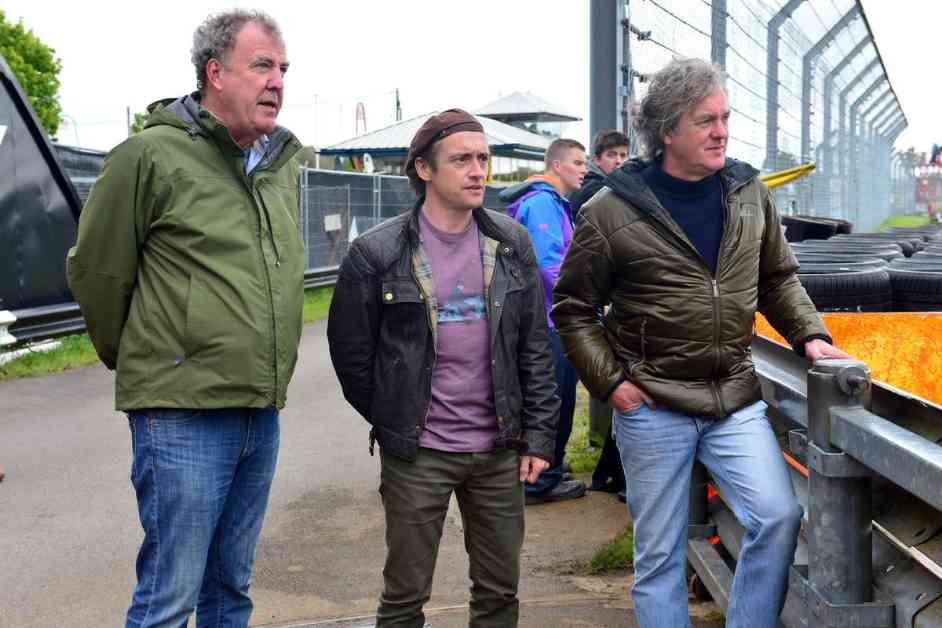Richard Hammond Crash: Ex-Top Gear Producer’s Wake-Up Call
Former Top Gear producer Andy Wilman recently spoke at the Royal Television Society (RTS) London Conference, shedding light on the safety concerns surrounding the popular motoring show. Wilman, who produced Top Gear from 2002 to 2015, expressed his thoughts on the need for improved safety measures following a series of accidents involving the show’s hosts.
Wilman emphasized the need for a shift from a culture of accident prevention to one of mitigation. He mentioned that while the production team had conducted risk assessments, there was a growing concern about the frequency of crashes on the show. The incident that particularly stood out was Richard Hammond’s crash in 2006 while filming a segment with a jet-powered dragster near York. Hammond’s accident left him in intensive care for five weeks and in a coma for two weeks, prompting Wilman to reevaluate the safety protocols in place.
Reflecting on the aftermath of Hammond’s crash, Wilman recalled the fear and helplessness he experienced upon hearing the news. He stressed the importance of prioritizing the well-being of the hosts, who have families and loved ones relying on their safety. The incident served as a wake-up call for the Top Gear team, prompting them to reassess their approach to risk management and safety precautions.
Challenges and Reflections on Safety Measures
Wilman delved into the challenges faced by the Top Gear production team in ensuring the safety of the hosts during high-risk stunts and challenges. He highlighted the need to strike a balance between pushing boundaries for entertainment value and ensuring the well-being of the presenters. The pressure to deliver thrilling content while maintaining safety standards added complexity to the production process.
The producer acknowledged the fine line between taking calculated risks for the sake of entertainment and jeopardizing the safety of the hosts. While risk assessments were conducted, Wilman emphasized the importance of proactive mitigation strategies to prevent accidents from occurring. The incident involving Richard Hammond underscored the potential dangers inherent in the nature of the show’s content, prompting a reevaluation of safety protocols.
Lessons Learned and Future Considerations
In light of recent accidents involving Top Gear hosts, including the incident with Andrew “Freddie” Flintoff, Wilman spoke about the need for continuous improvement in safety practices. The independent health and safety production review conducted after Flintoff’s accident highlighted the importance of rigorously applying learnings to future productions of the show. While compliance with industry best practices was noted, there were valuable insights that could enhance safety measures moving forward.
Wilman’s reflections on the challenges and complexities of ensuring safety on a high-octane show like Top Gear shed light on the evolving landscape of production standards. The delicate balance between entertainment value and risk management requires a nuanced approach to decision-making and planning. As the industry continues to prioritize safety and well-being, the experiences shared by Wilman serve as a reminder of the inherent risks associated with producing adrenaline-fueled content.
Overall, Wilman’s insights into the safety considerations surrounding Top Gear offer valuable lessons for production teams and industry professionals alike. By prioritizing mitigation strategies and proactive risk management, shows can strike a balance between entertainment value and host safety, ensuring a responsible and engaging viewing experience for audiences worldwide.












